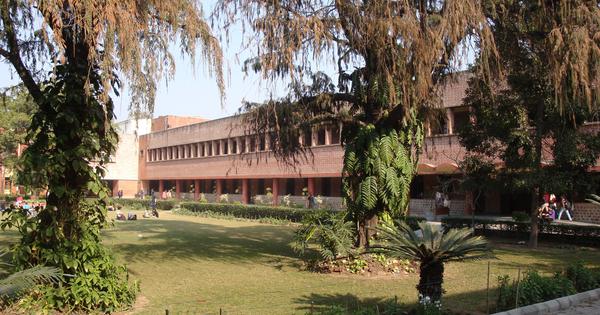Exploring the diverse experiences and narratives from the influential institution of Miranda House in Delhi.
Miranda House, located in North Delhi, has stood as a significant institution for women’s education for 77 years. Founded in 1948, shortly after India gained independence, it has played a crucial role in the lives of generations of women. The recently published commemorative volume,
The Miranda Chronicles: Daughters of Independence
, offers a rich tapestry of personal stories from students and faculty, both past and present. This collection illustrates the daily life at Miranda House while also mirroring the broader social and political shifts occurring outside its walls.
As an alumnus, engaging with this book was both a nostalgic journey and an enlightening exploration of a place that has shaped many lives. The editor, Devjani Ray, has curated a thoughtful blend of historical context, personal narratives, and cultural reflections, capturing the essence of the college. The collection includes lesser-known anecdotes that breathe life into the campus experience, prompting readers to reflect on their own time there and appreciate its lasting legacy.
The opening piece features Veda Thakurdas, the first principal, who shares her transition from Indraprastha College for Women in Lahore to the newly established college in Delhi. She recounts the inaugural day, where six lecturers and 33 students gathered in her drawing room to begin their academic journey, marking a significant moment in the college’s history.
The strength of this volume lies in its multitude of voices. It includes contributions from pioneering students of the 1950s to recent undergraduates, each sharing their unique experiences. These narratives are not presented with detachment; rather, they are imbued with warmth and a profound sense of belonging. Notable figures such as Romila Thapar and Kiran Datar, among others, reflect on how their time at Miranda House shaped their identities and careers.
One notable feature of this volume is its refusal to simplify or homogenize experiences. For some, Miranda House served as a sanctuary for intellectual growth and sisterhood, while for others, it presented challenges and feelings of alienation. Together, these stories form a complex narrative that captures the richness of real life. The early essays evoke vivid images of the college’s formative years and the assertion of women’s intellectual agency in a newly independent India.
Contributors reminisce about friendships forged in the college’s various spaces, such as the hostel and canteen, highlighting the powerful memories associated with these locations. The book also emphasizes the traditions that define Miranda House, including its vibrant theatre culture and spirited debates among students. The emotional depth of the collection is further enhanced by intertwining personal experiences with the political landscape, addressing moments of activism and the evolution of social consciousness among students.
While the book celebrates the college’s legacy, it does so with a critical lens, acknowledging the need for adaptation in a changing world. Some essays reflect on themes of gender inclusivity and the challenges posed by modernity. Although the collection may exhibit some tonal inconsistencies, this diversity is emblematic of Miranda’s democratic spirit, enriching the reader’s experience and understanding of the institution.
Devjani Ray acknowledges the gaps within the volume, particularly regarding the perspectives of non-teaching staff, which highlights the ongoing journey of Miranda House as it continues to evolve and respond to the needs of its community.








